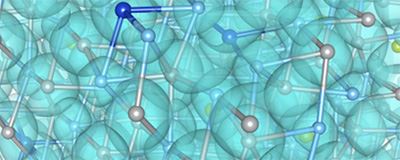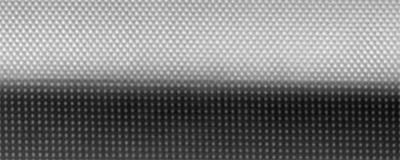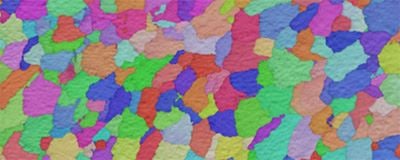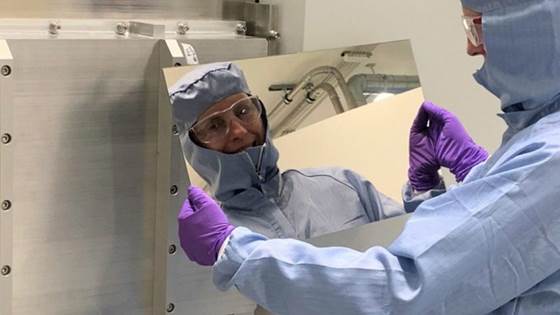
Focused Ion Beam – Scanning Electron Microscopy (FIB-SEM)
In 2025 we upgraded to a TESCAN SOLARIS FIB-SEM platform combines high-resolution electron imaging with precise ion milling, enabling advanced sample preparation and analysis at the micro- and nanoscale.



















